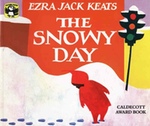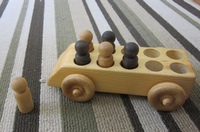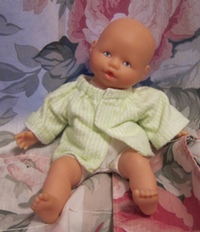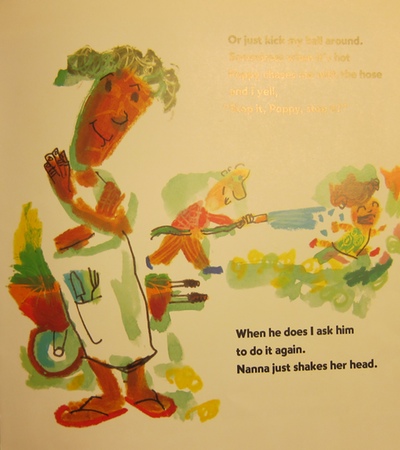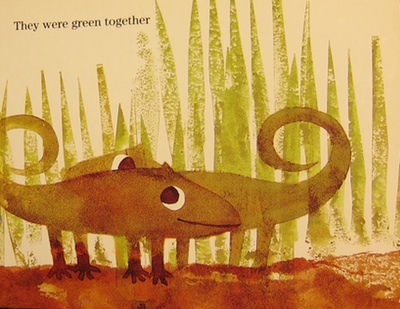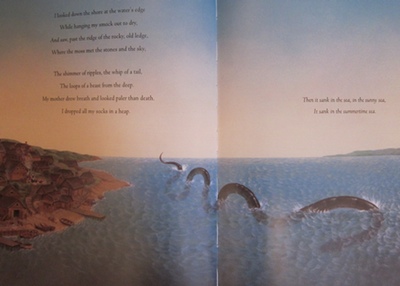Easter Dolls
/"Eastie" (center) with the two new dolls.
The Easter Bunny diversified our doll population this morning. The girls' reaction was interesting and not quite what I expected.
Clara with her new love, "J"
Clara, who has faithfully loved her doll "Eastie" since the Easter Bunny brought him last year, immediately abandoned him to claim the Asian doll as her new love. She named her "J" after her cousin J, whose father is Chinese.
Katherine, who has been jealous of "Eastie" all year, jumped on the opportunity to make him her own - and make "him" a "her." Eastie does get to keep her name, although there has been some talk of changing it to Ava or Ella.
Alexandra took an instant liking to the brown baby, and has been alternating cuddling her and tossing her down the slide all day.
In addition to the doll swap, all the clothes have been changed around. But now it seems everyone is settled with their new dolls.
The only comment I heard about the dolls' ethnicity came from Katherine, who claimed she liked Eastie the best "because she has the same skin as I do." An innocent comment that shows she does notice race and has a preference for dolls who look like her. This is a pretty typical six-year-old reaction, but it is also a reminder of how important it is for our home to reflect the diversity we want our children to value.
I've mentioned before that Kristen over at Rage Against the Minivan writes a lot about race in our society. If you are interested in reading more about children and racial differences, I highly recommend her post on How to Talk to Kids About Race and Racism.












